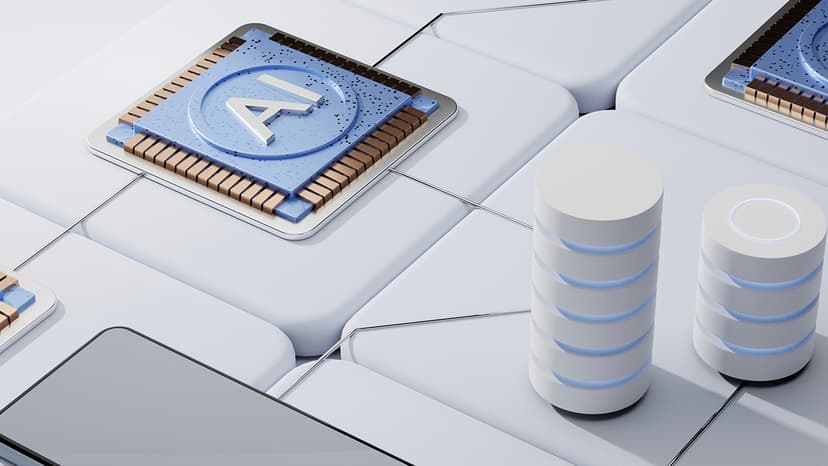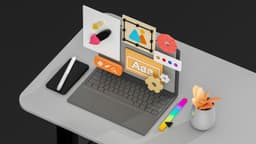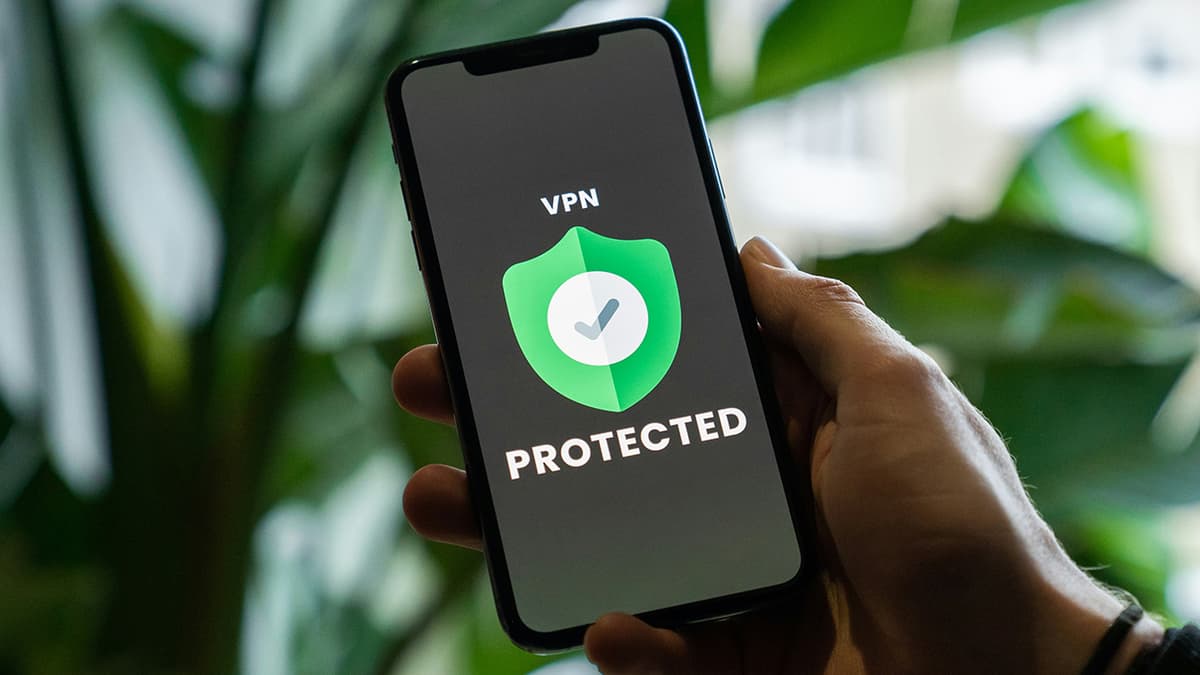Clean Code: The Art of Crafting Readable and Maintainable Software
Clean code is like a well-organized bookshelf — everything is in its place, easily accessible, and a joy to navigate. Just like how a cluttered room can make it difficult to find what you need, messy code can cause confusion, errors, and frustration for developers. Writing clean code is essential for creating software that is not only functional but also easy to understand, maintain, and extend.
Why Clean Code Matters
Let's imagine you are working on a project with a team of developers. Each developer has their own coding style, and the codebase is a mishmash of inconsistent formatting, variable names, and coding practices. As you try to make changes or fix bugs, you find yourself spending more time deciphering the existing code than actually making progress on your tasks. This situation is not only time-consuming but also demotivating.
Clean code, on the other hand, follows consistent formatting conventions, uses descriptive variable names, and is structured in a logical and readable manner. When you open a file of clean code, you can quickly grasp the intent of the code, understand how it works, and make modifications with confidence. Clean code makes it easier for developers to collaborate, reduces the chances of introducing bugs, and ultimately leads to a more efficient development process.
Principles of Clean Code
Writing clean code is not just about adhering to a set of rules or guidelines. It's a mindset that values simplicity, readability, and maintainability. Here are some principles to guide you in writing clean code:
1. Descriptive Naming
One of the most crucial aspects of clean code is choosing descriptive names for variables, functions, and classes. Instead of using cryptic abbreviations or single-letter variable names, opt for names that explicitly convey the purpose of the entity. For example:
Python
2. Single Responsibility Principle
Each function or class should have a single responsibility and focus on doing one thing well. By keeping your code modular and focused, you make it easier to test, maintain, and refactor. If a function is doing too much, consider breaking it down into smaller, more manageable parts.
Javascript
3. Consistent Formatting
Consistent formatting improves the readability of your code and makes it easier to navigate. Choose a coding style guide that aligns with your team's preferences and stick to it. Tools like Prettier can help automate code formatting, ensuring that your code follows the agreed-upon style guidelines.
4. Comments and Documentation
While clean code should be self-explanatory, there are times when comments are necessary to clarify complex logic or provide context. Keep your comments concise, relevant, and up-to-date. Avoid adding unnecessary comments that only clutter the codebase.
5. Test-Driven Development
Writing tests before writing code not only helps in catching bugs early but also forces you to think about the design of your code. Testable code tends to be more modular, decoupled, and easier to maintain. Embrace test-driven development as a practice to write cleaner and more reliable code.
Tools and Techniques for Writing Clean Code
In addition to following the principles of clean code, there are several tools and techniques that can help you maintain code quality and consistency throughout your projects:
1. Linters
Linters are tools that analyze your code for potential errors, style violations, and code smells. By integrating linters like ESLint for JavaScript or Flake8 for Python into your development workflow, you can catch common mistakes and enforce coding standards automatically.
2. Code Reviews
Code reviews are an essential part of the development process, where team members can provide feedback, suggest improvements, and ensure that the codebase adheres to clean code practices. Collaborative code reviews help in catching issues early and fostering a culture of shared responsibility for code quality.
3. Refactoring
Refactoring is the process of restructuring existing code without changing its external behavior. By continuously refactoring your codebase to remove duplication, improve clarity, and simplify complexity, you can keep your code clean and maintainable in the long run.
4. Pair Programming
Pair programming involves two developers working together on the same piece of code. By discussing design decisions, sharing knowledge, and providing instant feedback, pair programming can lead to better code quality, fewer bugs, and a deeper understanding of the codebase.
Clean code is not just a nice-to-have; it's a fundamental aspect of professional software development. By following the principles of clean code, employing tools and techniques to maintain code quality, and fostering a culture of collaboration and continuous improvement, you can create software that is robust, readable, and a pleasure to work with.
Clean code is a journey, not a destination. It requires diligence, discipline, and a commitment to excellence. By embracing the art of crafting clean code, you not only benefit yourself and your team but also contribute to a healthier and more sustainable software ecosystem.
Clean code is not about perfection; it's about progress. As you continue to hone your skills and refine your coding practices, you'll find that writing clean code becomes second nature, making you a more effective and efficient developer in the process. Happy coding!












